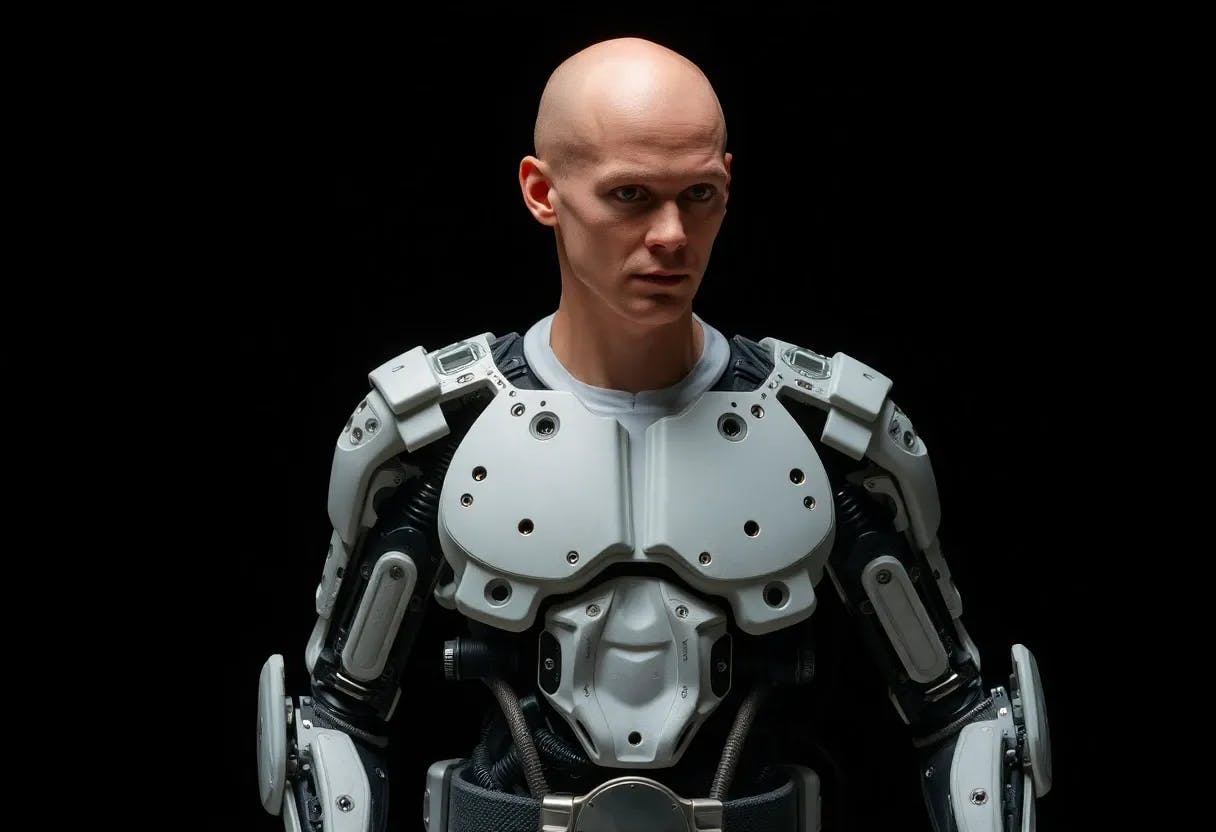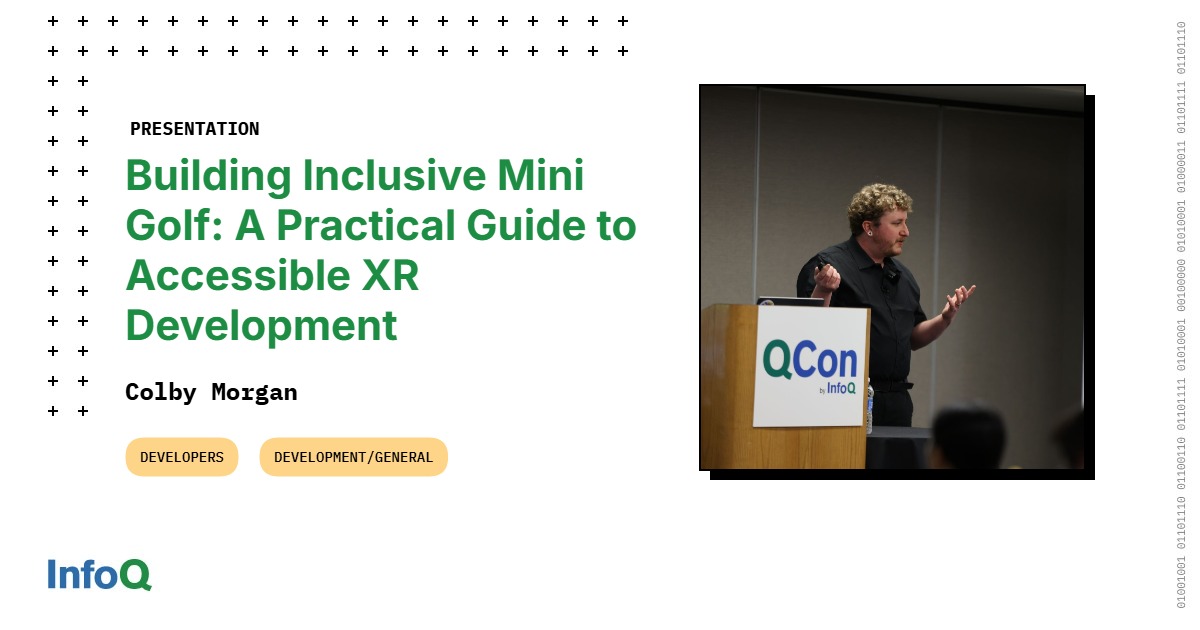Authors:
(1) Mohammad Shushtari, Department of Mechanical and Mechatronics Engineering, University of Waterloo ([email protected]);
(2) Julia Foellmer, Mechanics and Ocean Engineering Department, Hamburg University of Technology ([email protected]);
(3) Sanjay Krishna Gouda, Department of Mechanical and Mechatronics Engineering, University of Waterloo and Toronto Rehabilitation Institute (KITE), University Health Network ([email protected]).
Table of Links
Abstract and 1 Introduction
2 Results
2.1 Initial Processed Data for a Representative Participant
2.2 Overall Performance Analysis
2.3 Interaction Portrait Analysis
2.4 Individual Adaptation Strategy
3 Discussion
3.1 Human Adaptation
3.2 Importance of IP Analysis
4 Conclusion
5 Methods
5.1 Feedforward Control Strategies
5.2 Experimental Setup
5.3 Experimental Protocol
5.4 Data Analysis
Declarations
Appendix A Complementary Example Data
Appendix B Comparison with Natural Walking
References
Abstract
Human-robot physical interaction contains crucial information for optimizing user experience, enhancing robot performance, and objectively assessing user adaptation. This study introduces a new method to evaluate human-robot co-adaptation in lower limb exoskeletons by analyzing muscle activity and interaction torque as a two-dimensional random variable. We introduce the Interaction Portrait (IP), which visualizes this variable’s distribution in polar coordinates. We applied this metric to compare a recent torque controller (HTC) based on kinematic state feedback and a novel feedforward controller (AMTC) with online learning, proposed herein, against a time-based controller (TBC) during treadmill walking at varying speeds. Compared to TBC, both HTC and AMTC significantly lower users’ normalized oxygen uptake, suggesting enhanced user-exoskeleton coordination. IP analysis reveals this improvement stems from two distinct coadaptation strategies, unidentifiable by traditional muscle activity or interaction torque analyses alone. HTC encourages users to yield control to the exoskeleton, decreasing muscular effort but increasing interaction torque, as the exoskeleton compensates for user dynamics. Conversely, AMTC promotes user engagement through increased muscular effort and reduced interaction torques, aligning it more closely with rehabilitation and gait training applications. IP phase evolution provides insight into each user’s interaction strategy development, showcasing IP analysis’s potential in comparing and designing novel controllers to optimize human-robot interaction in wearable robots.
Keywords: Exoskeleton, Physical Interaction, Control
1 Introduction
Assistive and rehabilitation robotics are gaining increasing attention as they deliver a more substantial dose of exercise to users, enhancing their functionality and quality of life while reducing the workload of physical therapists [1, 2]. Despite recent advancements, including human-in-the-loop optimization to improve exoskeleton assistance [3–6], these robotic systems still lack the sophistication to automatically fine-tune the level of support required for each individual user effectively [7, 8]. This personalized touch, instinctive for physical therapists in traditional therapy sessions, remains a challenge for robots. The challenge arises because, although separate performance indicators like metabolic cost [9, 10], muscle activation [11], interaction forces [12], comfort [13], cognitive load [14], and user preference [15] are utilized, the lack of a unified metric that fully encapsulates the nuances of human-robot physical interactions obstructs the precise adjustment and customization of lower limb exoskeleton support [16]. Therefore, this task is often delegated to adaptive controllers with implicit considerations to control the human-exoskeleton physical interaction. The control of human-exoskeleton interaction plays a key role in optimizing the user experience and performance of lower limb exoskeletons for rehabilitation as well as power augmentation applications [17]. In power augmentation scenarios, the user retains full autonomy, and the exoskeleton follows user commands directly or indirectly by interpreting their intended motion. In case of disagreement between the user and the exoskeleton, the exoskeleton must relinquish control in favor of the user [18, 19]. However, in the context of rehabilitation and assistive exoskeletons, human-exoskeleton interaction control is more challenging due to two primary factors. First, the user-performed motion is not always reliable due to musculoskeletal or motor impairments [20] which may undermine the quality of decoded intention solely based on user-robot physical interaction. Second, the exoskeleton should encourage the user to maximize their engagement in motion when possible and assist or correct when the user is unable to perform the motion correctly [21, 22]. Consequently, the exoskeleton must seamlessly transition between the leader and follower roles [23].
To determine the appropriate control strategy for human augmentation and rehabilitation applications, it is crucial to understand human-exoskeleton adaptation as an indicator of how individuals respond to specific exoskeleton control strategies concerning shared motion control [24]. In power augmentation, the ideal scenario involves users adapting to a strategy in which they contribute primarily by guiding the motion, without physical exertion [5]. The exoskeleton takes the responsibility of moving the human body by applying interaction torques or forces to the human body, as demonstrated by reduced muscle activity or metabolic rates [4]. Conversely, in rehabilitation, users must often be guided to increase their muscle activity and actively engage in motion control [25]. The human-exoskeleton interaction torques exhibit a dual behavior in this context. When the user performs the motion correctly, the exoskeleton must transparently follow the user, resulting in zero interaction torques [12]. However, when motion correction is required, the exoskeleton controller should intervene. This intervention creates a conflict necessitating an increase in the interaction torque to rectify the motion. Neither muscular effort nor interaction torques alone can discern the aforementioned conditions. For example, an increase in muscular effort may stem
from human-exoskeleton disagreement [20], while it can also signify that the human user is engaged in walking and relies on their motor capacity rather than on exoskeleton assistance. Therefore, to compare different controllers in such cases, interaction torque needs to be considered alongside muscular effort. A low level of interaction torque coupled with higher muscular effort suggests no physical disagreement, indicating that the exoskeleton is following the user and the user is walking with minimal assistance. Otherwise, a higher level of interaction torque along with high muscular effort indicates that the user and exoskeleton do not share the same desired motion patterns, and they are fighting for control [23]. Therefore, determining the suitability of a controller for either power augmentation or rehabilitation applications necessitates co-analysis of muscular effort and interaction torque.





/cdn.vox-cdn.com/uploads/chorus_asset/file/25489921/STK022_ELON_MUSK_CVIRGINIA_E.jpg)





